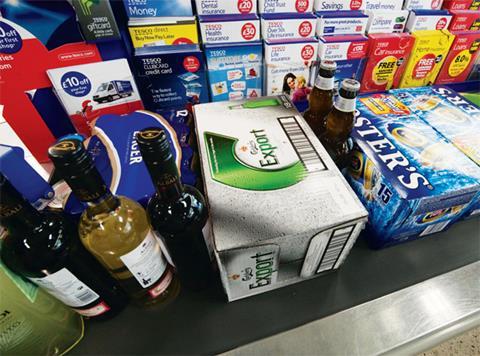
A 440ml can of 4% ABV beer will cost no less than 41p, under new rules aiming to crack down on below-cost selling of alcohol.
The government today published guidance to retailers and suppliers on how its ban on below-cost booze will operate, as it launches a long-delayed attempt to crack down on binge drinking.
The Home Office said the proposals, which are expected to come into force on 6 April, provided legislation is approved by parliament, would stop businesses from selling at heavily discounted prices, reducing the impact of alcohol on crime and heath.
What is the ‘floor’ price for items under the new rules?
440ml can of 4% ABV lager = 41p
440ml can of 9% ABV lager = £1.16
70cl bottle of 37.5% ABV vodka = £8.89
500ml bottle of 4.5% ABV sparkling cider = 24p
500ml bottle of 4.5% ABV made-wine = 68p
750ml bottle of 12.5% ABV wine = £2.41
However, opponents claim the move will only tackle a fraction of the products being sold in supermarkets and off-licences, and have called on the government to return to its plans for minimum pricing.
Under the plans to ban selling below cost – where cost is defined as duty plus VAT – at existing duty and VAT rates a 440ml can of 4% ABV lager would not be sold for less than 41p, while a super-strength 9% can of lager would cost at least £1.16.
The floor price for a 750ml bottle of 12.4% ABV wine would be £2.41, while a 70cl bottle of 37.5% ABV vodka could be sold for no less than £8.89.
The move will also apply to multipacks, with businesses unable to sell a multipack below the aggregate of the permitted price for each product in it.
The guidance also reveals that supermarkets will be able to continue to use discount coupons or reward cards for alcohol purchases, only if the reductions do not bring the total costs of sale below the permitted prices for the drinks involved.
“The idea that banning below-cost sales will help tackle our problem with alcohol is laughable. It’s confusing and close to impossible to implement”
Eric Appleby, Alcohol Concern
After the government’s decision to withdraw from minimum pricing, a report by experts from the University of Sheffield’s School of Health and Related Research (ScHARR) estimated that just 1.3% of all units of alcohol sold would fall below the proposed threshold.
In supermarkets and off-licences that would mean 2.4% of beer, 0.1% of cider, 0.4% of wine and 1.2% of spirits being below the limit.
“The idea that banning below-cost sales will help tackle our problem with alcohol is laughable,” said Eric Appleby, chief executive of Alcohol Concern. “It’s confusing and close to impossible to implement. On top of this, reports show it would have an impact on just 1% of alcohol products sold in shops and supermarkets leaving untouched most of those drinks that are so blatantly targeted at young people.
“The government is wasting time when international evidence shows that minimum unit pricing is what we need to save lives and cut crime.”
WSTA reaction
Miles Beale, CEO of the Wine and Spirit Trade Association (WSTA), said: “The WSTA welcomes the introduction of a below-cost sales ban, widely supported by the industry, to deal with the worst cases of deeply discounted alcohol.
“We will continue to work with the Home Office to ensure that the guidance is widely understood and that retailers have sufficient time to comply fully with the changes.
“Our retail members are committed to the responsible retailing of alcohol and were instrumental in the development of Challenge 25 and Community Alcohol Partnerships.”
The Home Office guidance on below-cost selling of alcohol is published here (PDF).
Read this: Pricing floored
This story was updated at 9.39am on 5 February 2014 to include comment from the WSTA.




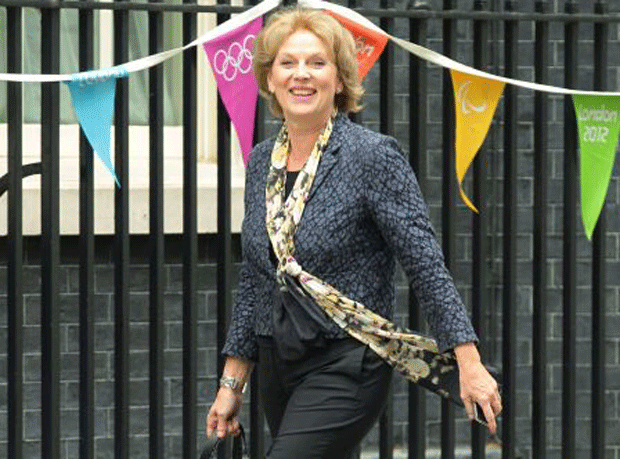
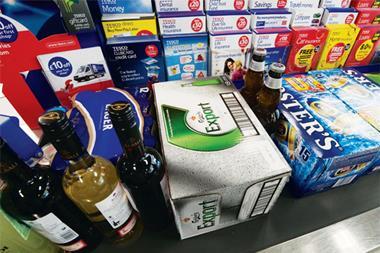
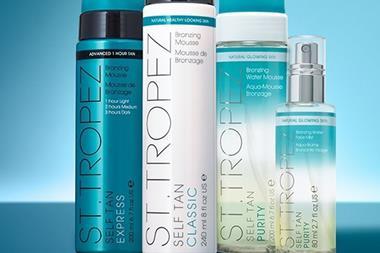

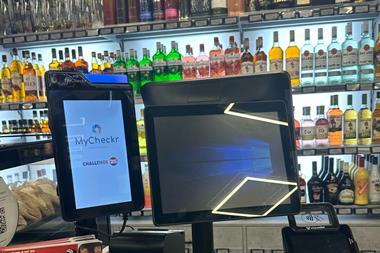
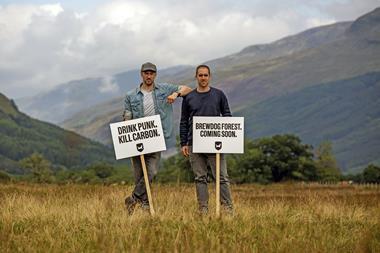

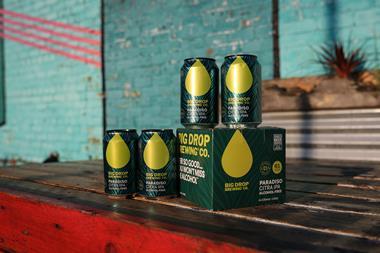
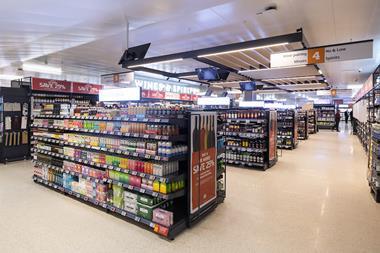
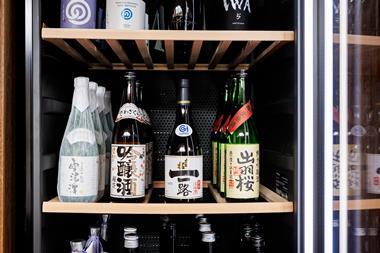
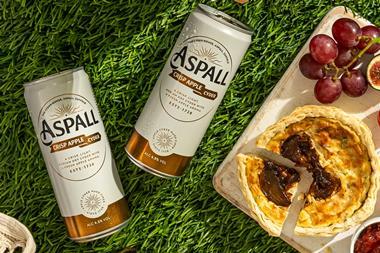
No comments yet